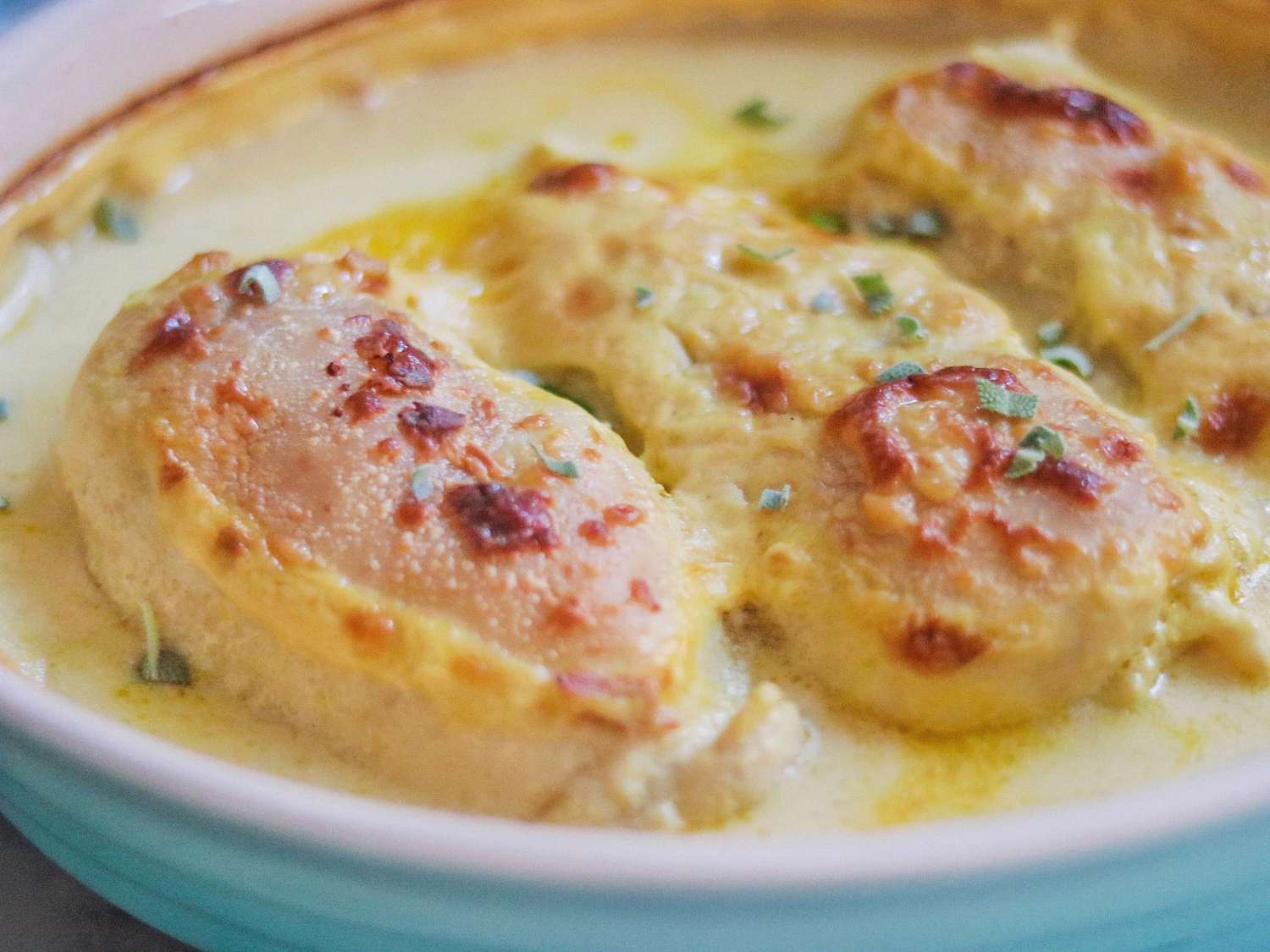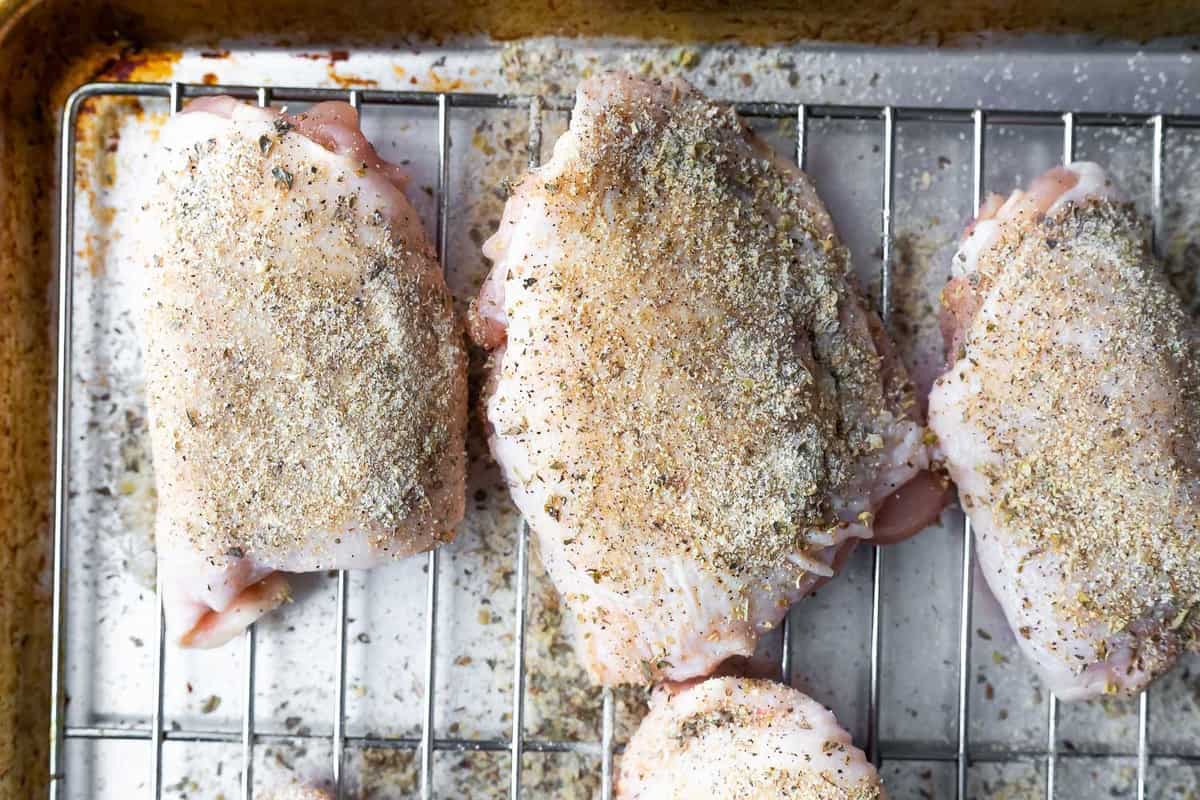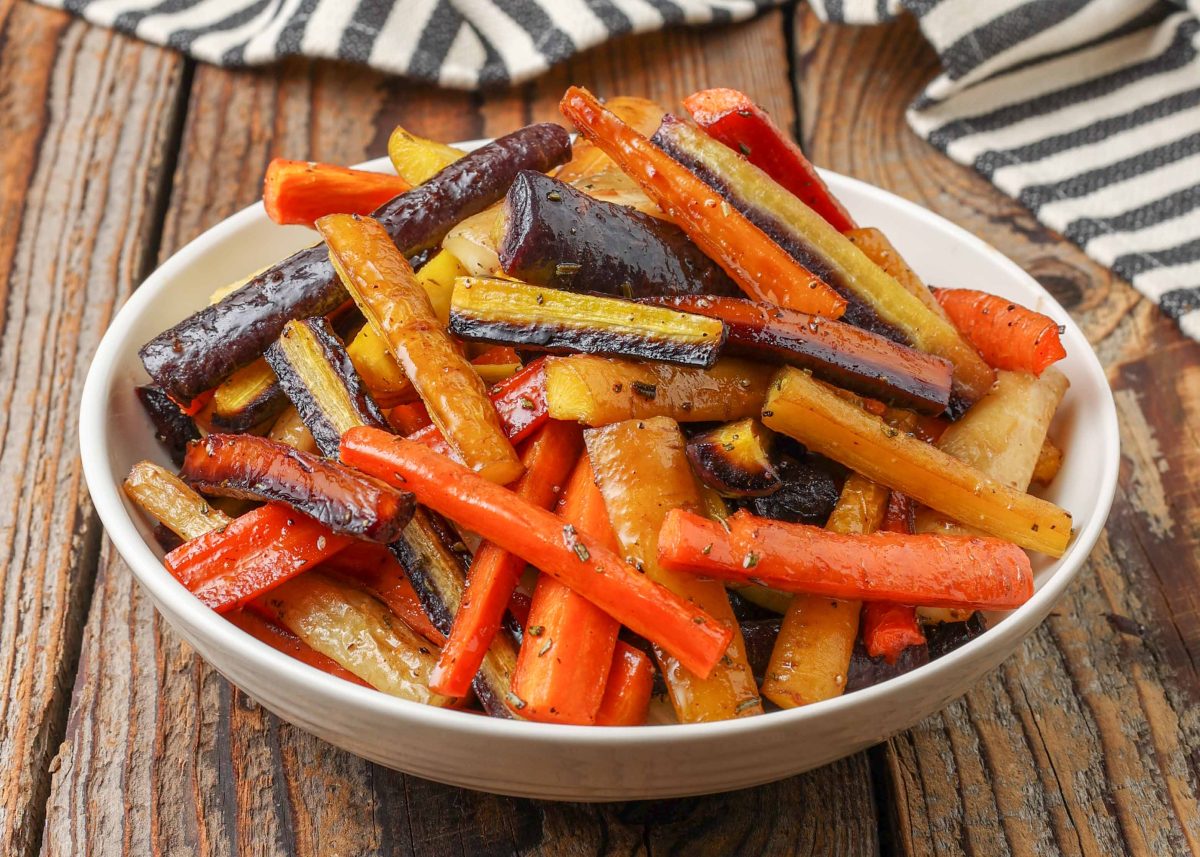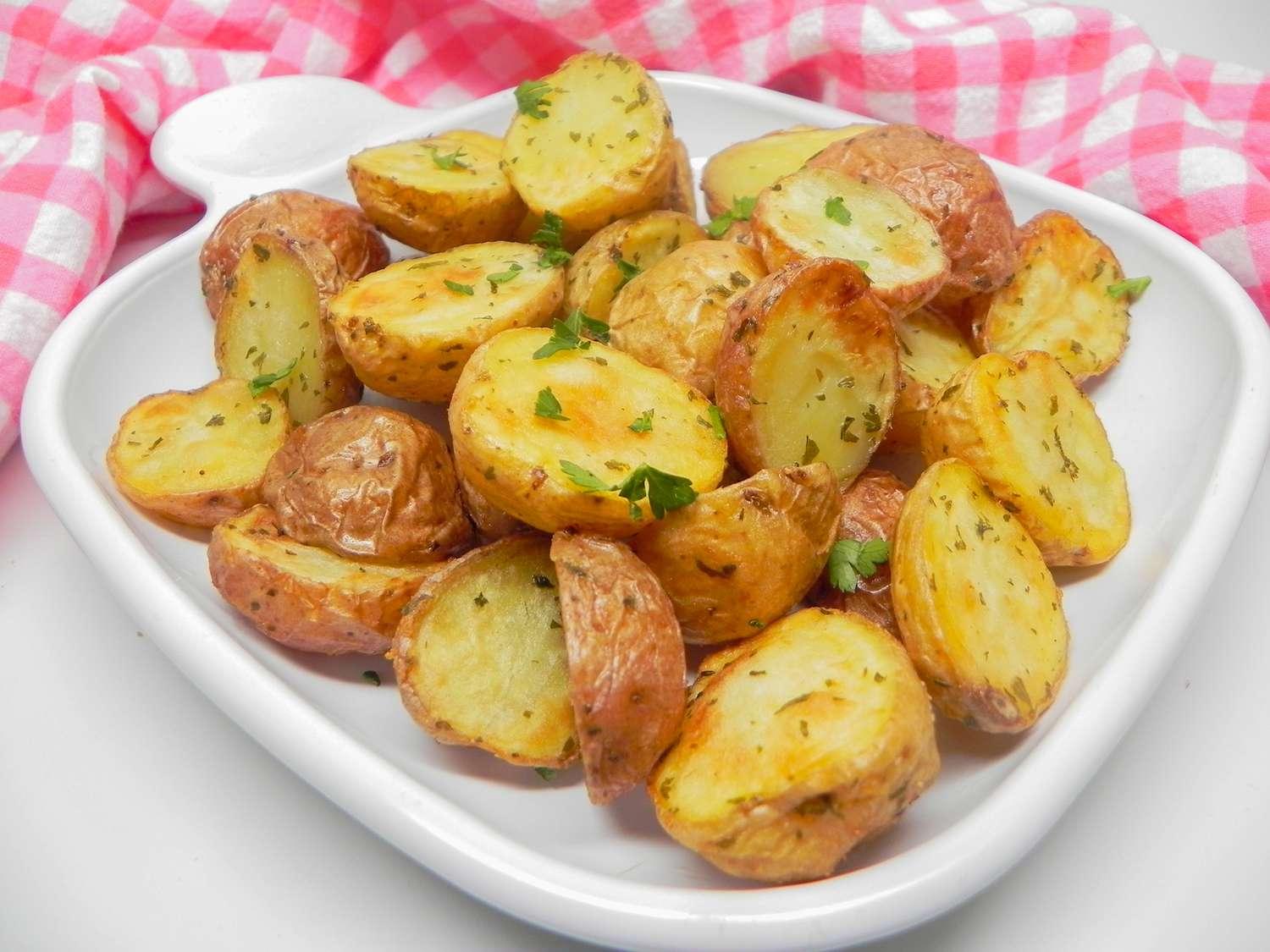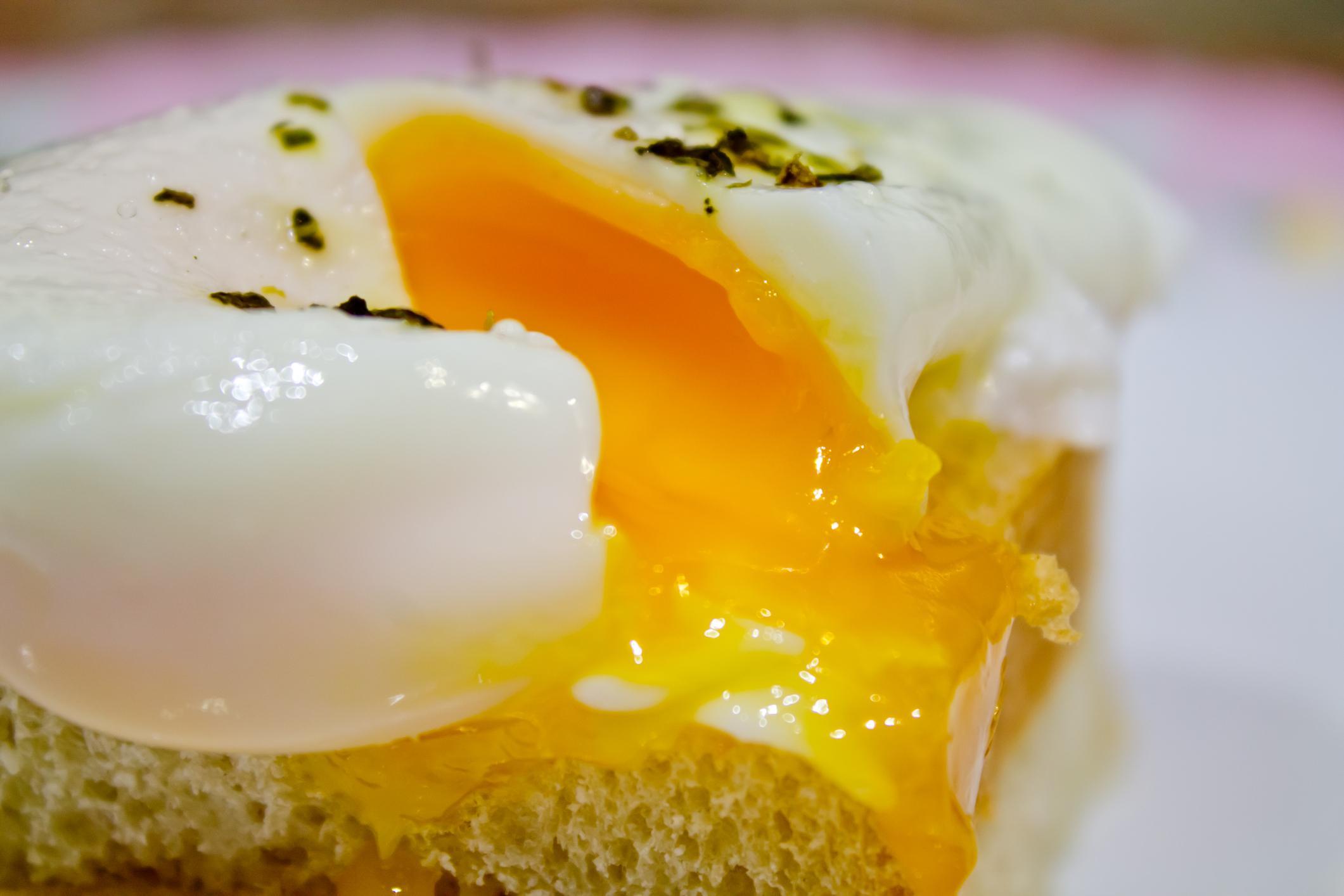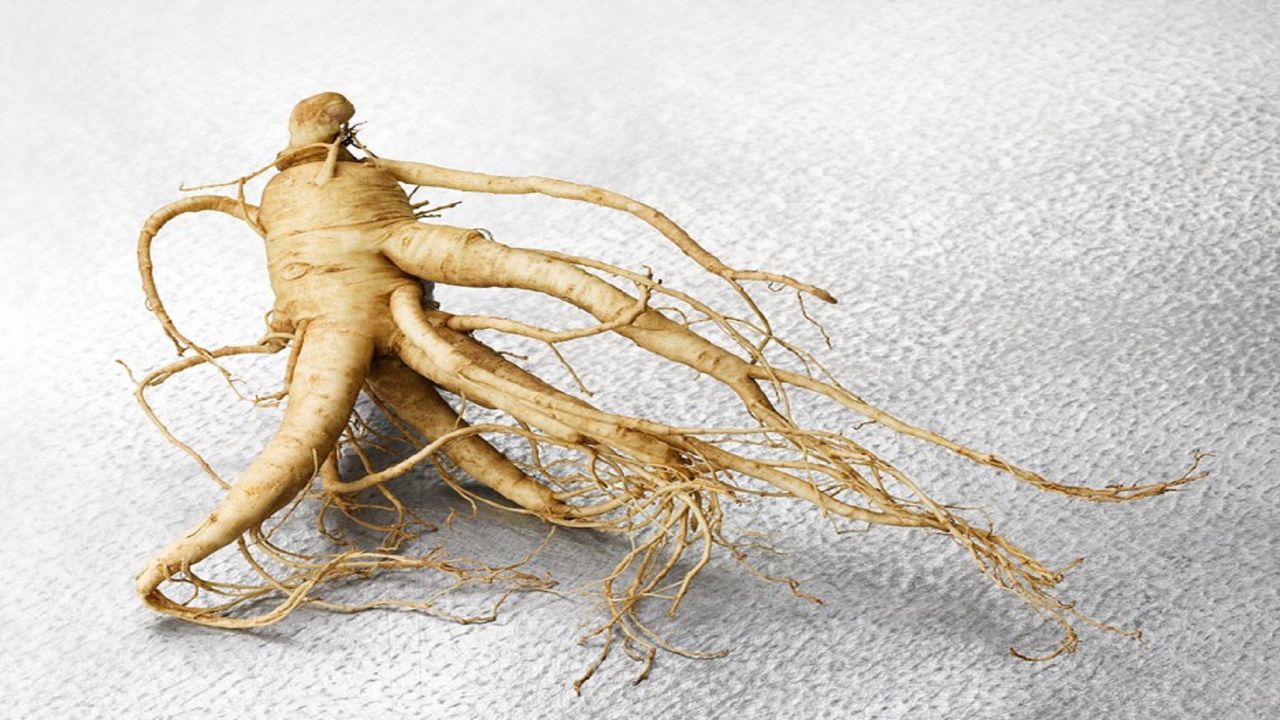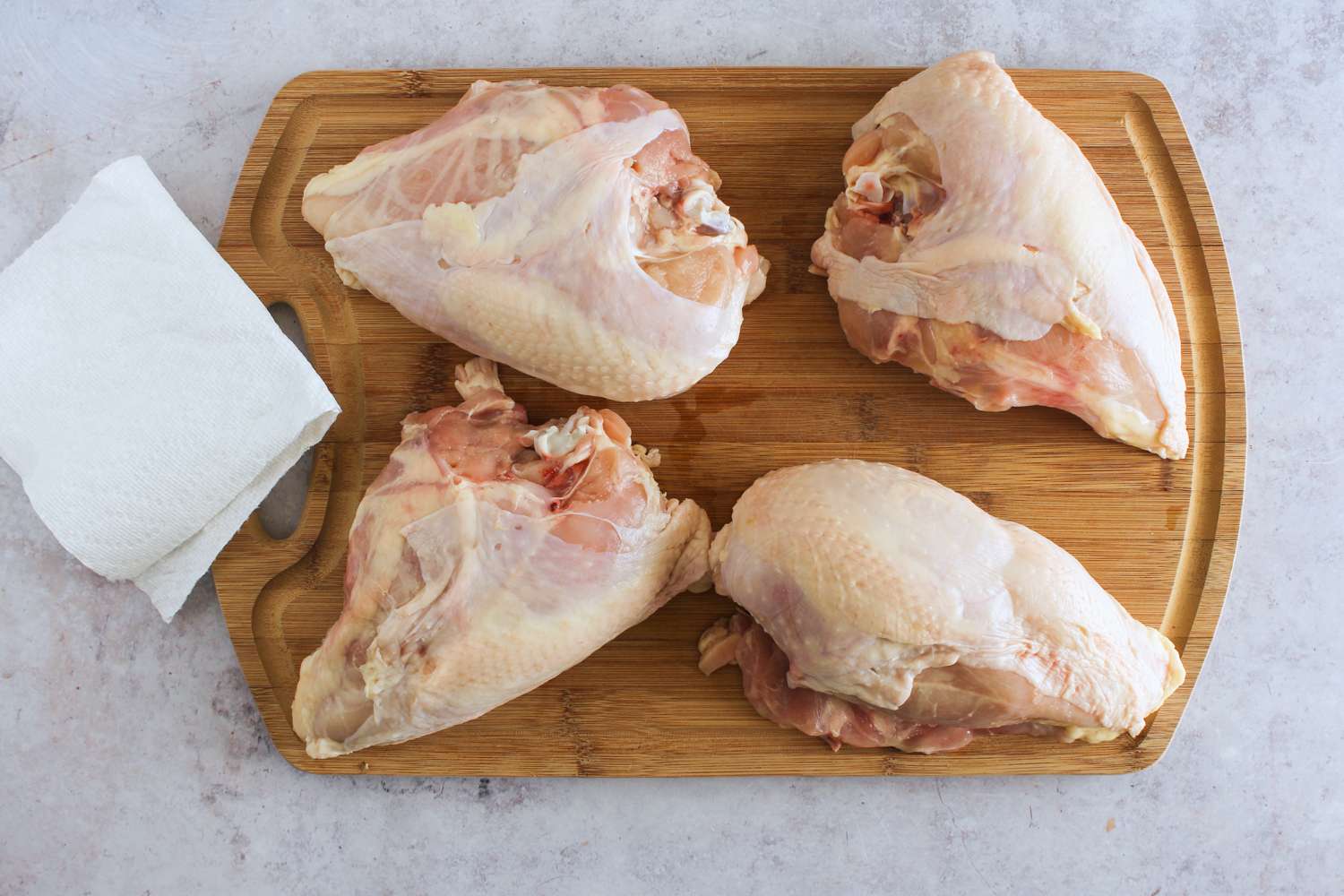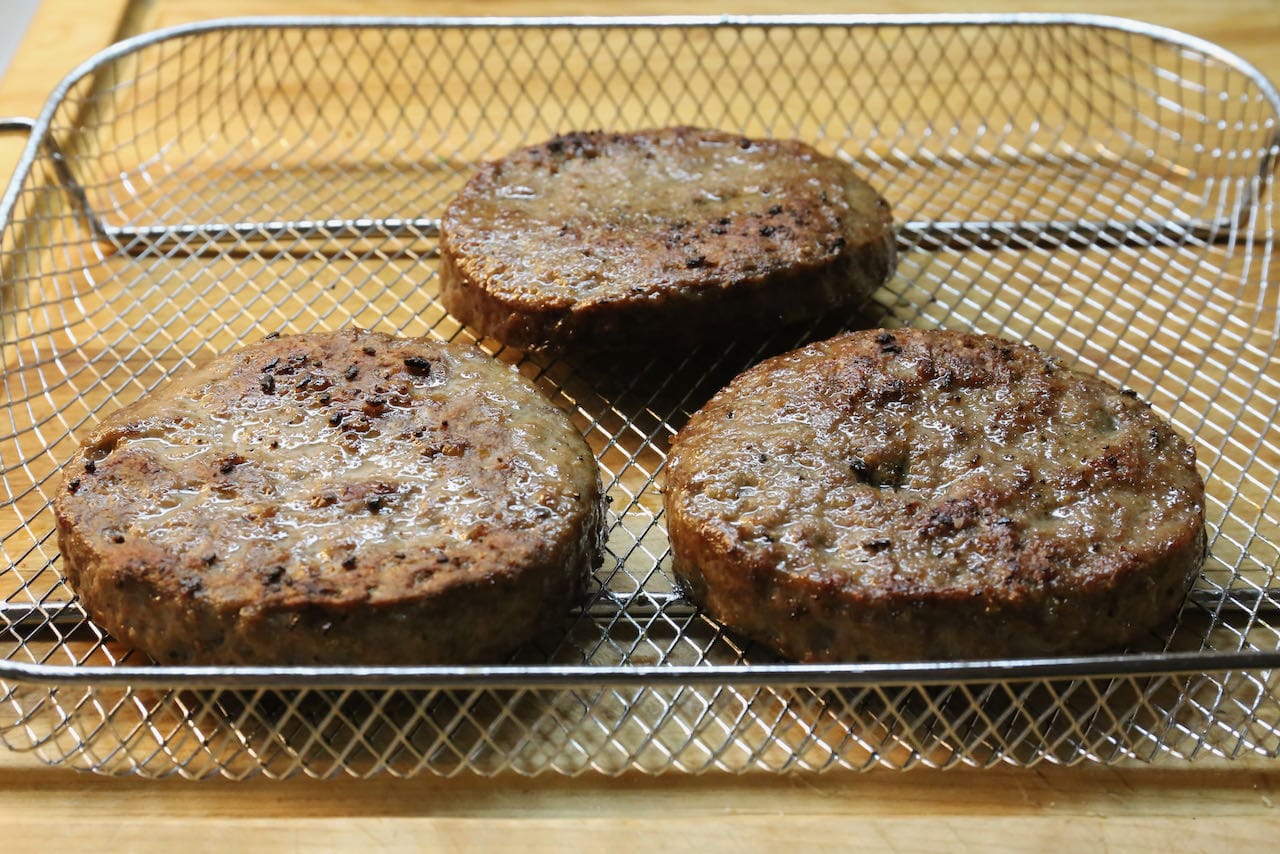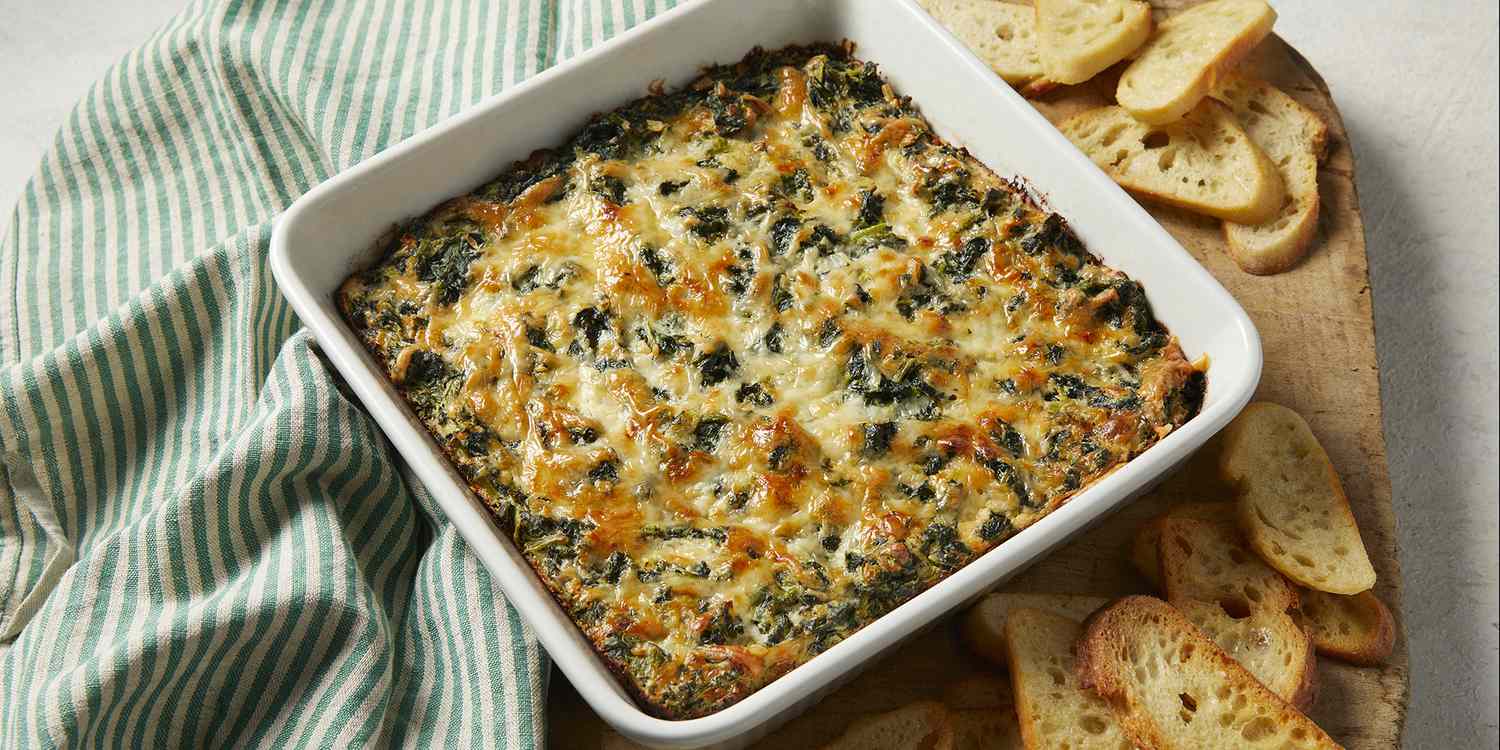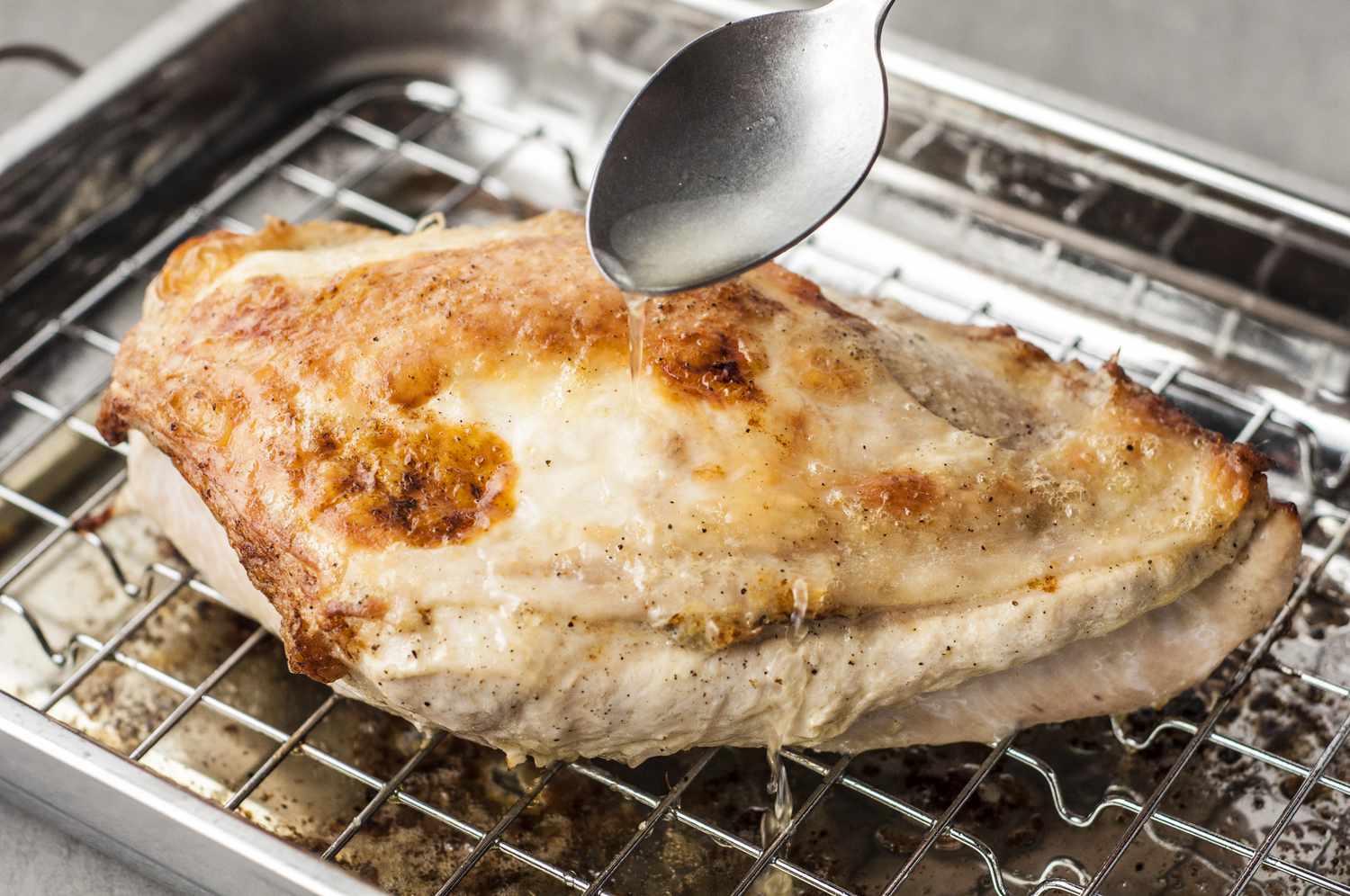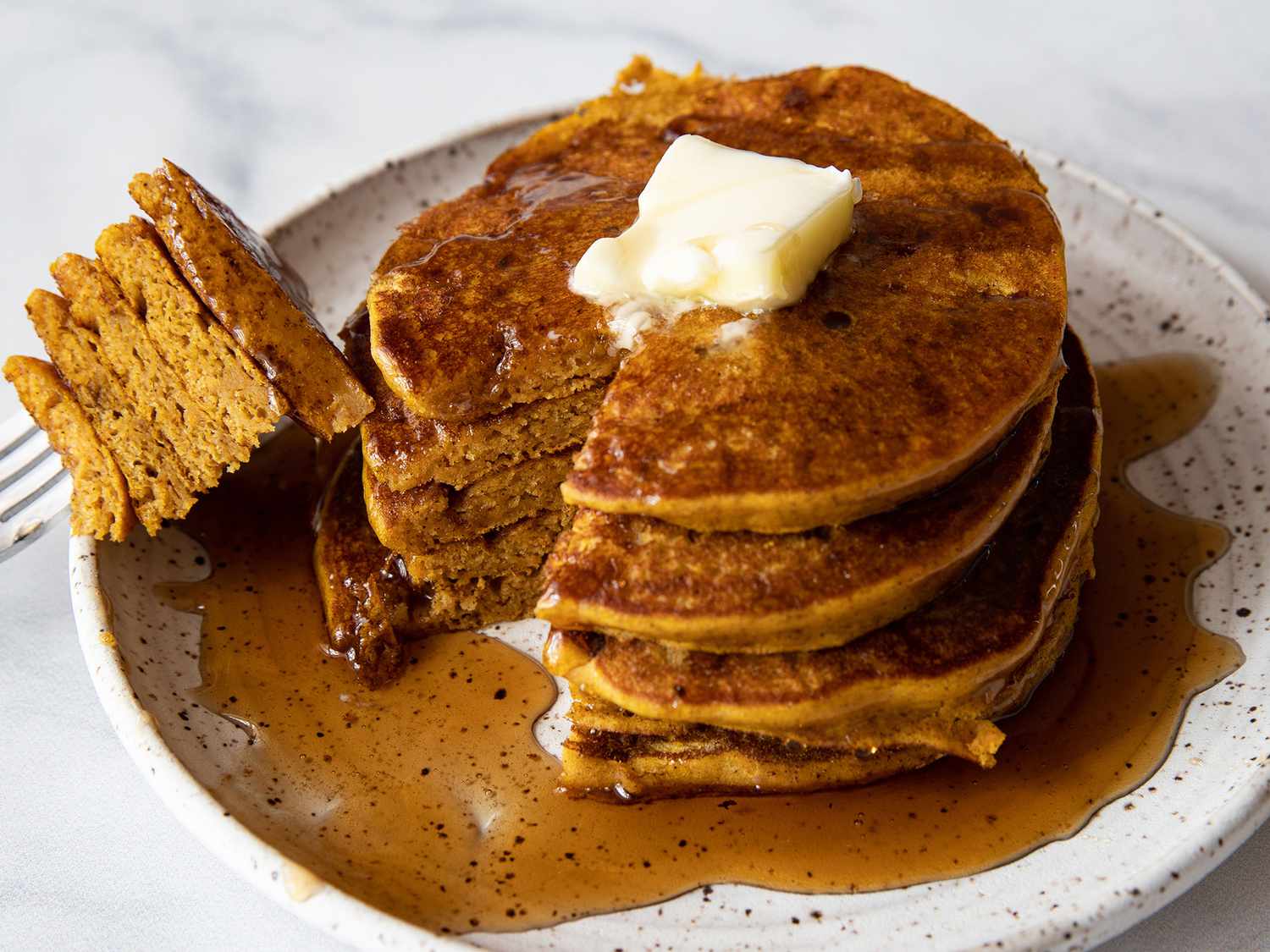Unlocking the Gourmet Potential: Mastering the Art of Cooking Beef Femur Bones
When it comes to cooking beef, most people think of succulent steaks, juicy burgers, or rich stews. However, hidden within the depths of the beef world lies a culinary gem waiting to be discovered – beef femur bones. These mighty bones are not only packed with flavor, but also offer a delightful and unique cooking experience. In this article, we will delve into the art of cooking beef femur bones and unlock their gourmet potential.
Choosing the Perfect Beef Femur Bones
Before diving into the cooking process, it’s important to select the right beef femur bones. Head to your local butcher or meat market to find high-quality bones that are fresh and properly stored. Look for bones with a decent amount of meat and a healthy layer of marrow. The marrow is the star of the show here, so make sure it’s plump and vibrant.
Preparing the Beef Femur Bones
Once you have your beef femur bones in hand, it’s time to prepare them for cooking. Follow these simple steps:
- Preheat your oven to 425°F (220°C).
- Place the bones on a baking sheet lined with parchment paper.
- Season the bones with your choice of spices and herbs. Traditional options include salt, black pepper, garlic powder, and rosemary.
- Roast the bones in the preheated oven for 30-40 minutes or until the meat is browned and the marrow is soft and melty.
Cooking Beef Femur Bones: Exploring the Possibilities
Now that you have perfectly roasted beef femur bones, it’s time to get creative with your cooking. Here are some flavorful options to consider:
- Marrow Spread: Scoop out the rich, velvety marrow and spread it on toasted crusty bread. Top with a sprinkle of sea salt and freshly cracked black pepper for a simple yet luxurious appetizer.
- Marrow Soup: Add the marrow bones to a pot of simmering broth along with vegetables and aromatic herbs. Let the flavors meld together and serve a comforting and nourishing bone marrow soup.
- Marrow Butter: Mix the roasted marrow with softened butter, a pinch of salt, and chopped herbs. This decadent spread can take your steak or roasted vegetables to a whole new level.
Benefits of Cooking Beef Femur Bones
Aside from the delectable flavors and gourmet potential, cooking beef femur bones offers several health benefits:
- Rich in Nutrients: Beef femur bones are a prime source of essential nutrients, including calcium, phosphorus, and collagen.
- Supports Joint Health: The collagen found in beef femur bones promotes healthy joints and may help reduce joint pain and inflammation.
- Boosts Immunity: The minerals and amino acids present in bone marrow can support a healthy immune system.
So next time you’re looking to elevate your culinary repertoire, don’t hesitate to give beef femur bones a try. With their robust flavor and versatility, these bones are a hidden treasure waiting to be explored. So gather your ingredients, unleash your creativity, and embark on a delicious journey into the world of cooking beef femur bones!
For those looking to make the most of beef femur bones, there are a few standout recipes that one should definitely try. Start with the Beef Bone Broth Recipe; it’s a classic that unlocks deep flavors perfect for any soup base. If you're feeling adventurous, the Bone Marrow and Lentil Stew Recipe offers a hearty and rich experience that’s perfect for colder days. For an elegant touch, the Bone Marrow and Mushroom Bruschetta Recipe serves up a luxurious appetizer that's sure to impress guests. Finally, the Marrow and Herb Butter for Seafood Recipe is a versatile option that can elevate any seafood dish with its creamy, flavorful goodness. These recipes not only showcase the versatility of beef femur bones but also provide a range of flavors and textures that are sure to delight.
Was this page helpful?
Read Next: How To Cook Rosarita Refried Beans
